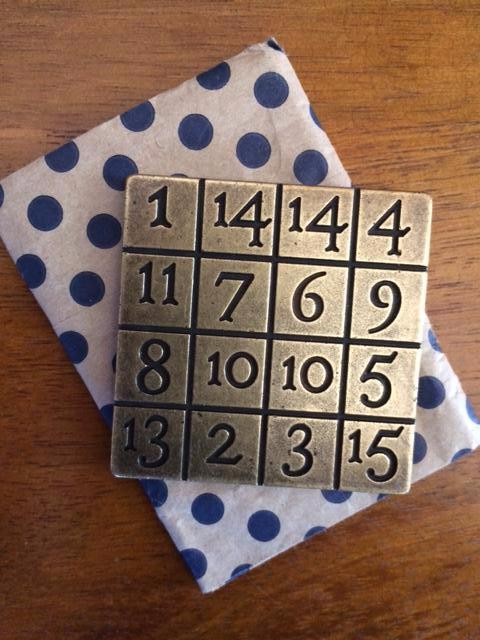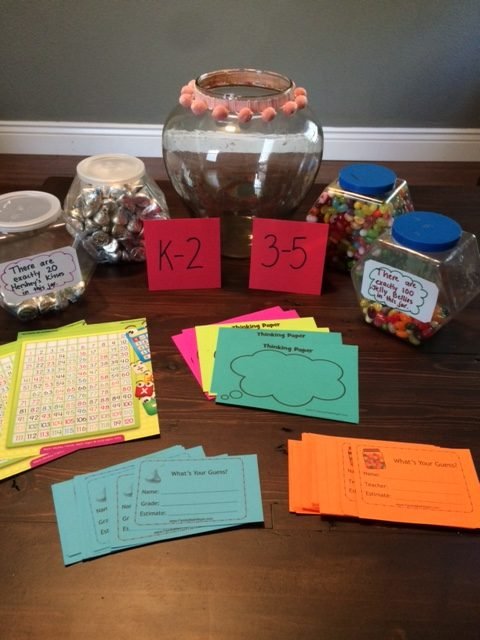I’m excited to share with you my latest Family Math Night Collaborative Project: Space Invaders. Here’s a photo of the final result. (There are actually 3 aliens to choose from in the lesson plan. This is alien #1).

Here’s some of the background information I include in the lesson plan:
In 1978, Tomohiro Nishikado, a Japanese video game developer, released his video game Space Invaders. It was such a popular game that it helped catapult video gaming into a global industry. The pixelated aliens in the game became a popular icon.
Pixels are small single-colored squares that make up images in computer graphics. These pixels are displayed as a bitmap, a rectangular matrix of dots. These pixels, sometimes called dots, are each assigned a specific color and are arranged along the horizontal axis (x-coordinate) and vertical axis (y-coordinate) of the matrix.
Computer graphics have come a long way in the last decade and look much more sophisticated today than they did back in 1978. But back when graphics were first being designed on computers, they had a “boxy” look. That’s because the screen displays (screen resolutions) were not as good as they are today.
Read More Read More



